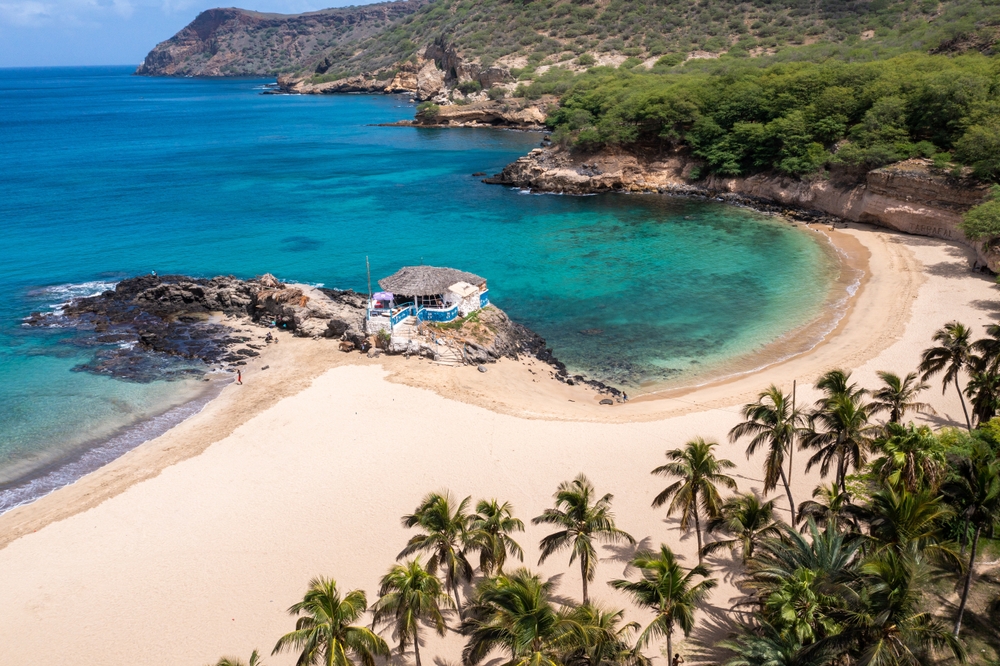Cape Verde, a volcanic archipelago off the northwest coast of Africa, boasts an impressive array of landscapes, from rugged mountains to pristine beaches and arid deserts. Despite its relatively small size, Cape Verde is home to three official national parks, each showcasing the country’s diverse ecosystems and unique biodiversity. These parks not only preserve the islands’ natural beauty but also provide a refuge for endemic species and offer insight into the region’s geological history.
One of the most renowned parks is Fogo National Park, located on Fogo Island. This park centers around the majestic Pico do Fogo, an active stratovolcano and the highest point in Cape Verde, standing at 2,829 meters. Its last major eruption in 2014 reshaped parts of the island, creating a dramatic landscape of black lava fields interspersed with lush vegetation. The fertile volcanic soil supports vineyards and small-scale agriculture, while hiking trails lead visitors through craters and offer panoramic views of the Atlantic Ocean. Fogo National Park is a testament to the dynamic forces shaping the islands and is a favorite destination for adventure seekers.
Cova-Paul-Ribeira da Torre Natural Park, located on Santo Antão Island, is another jewel in Cape Verde’s ecological crown. Known for its verdant valleys, steep cliffs, and traditional terraced farming, this park provides a striking contrast to the drier regions of the archipelago. The park is a haven for endemic plants and migratory birds, offering visitors a chance to experience Cape Verde’s agricultural heritage and rich biodiversity. Its rugged terrain and picturesque landscapes make it a popular spot for hikers and nature lovers.
On São Nicolau Island, Monte Gordo Natural Park is a biodiverse haven dominated by the Monte Gordo peak. This park is characterized by dense forests, endemic plant species, and cool microclimates, making it unique among Cape Verde’s national parks. Monte Gordo serves as a critical habitat for native birds and other wildlife, while also providing opportunities for ecotourism and sustainable development.
Cape Verde faces several conservation challenges, including deforestation, overgrazing, and the impacts of climate change. However, there have been significant conservation successes, such as the reforestation projects on Santo Antão and the establishment of protected areas to safeguard biodiversity. Collaboration with international organizations has also enhanced local capacity for sustainable management and ecotourism.
These national parks exemplify Cape Verde’s commitment to preserving its natural heritage. They not only provide critical habitats for wildlife but also contribute to the islands’ growing ecotourism sector, which supports local communities while promoting environmental awareness. Visitors to Cape Verde’s national parks are rewarded with breathtaking landscapes and a deeper appreciation of the archipelago’s unique natural and cultural treasures.










































































